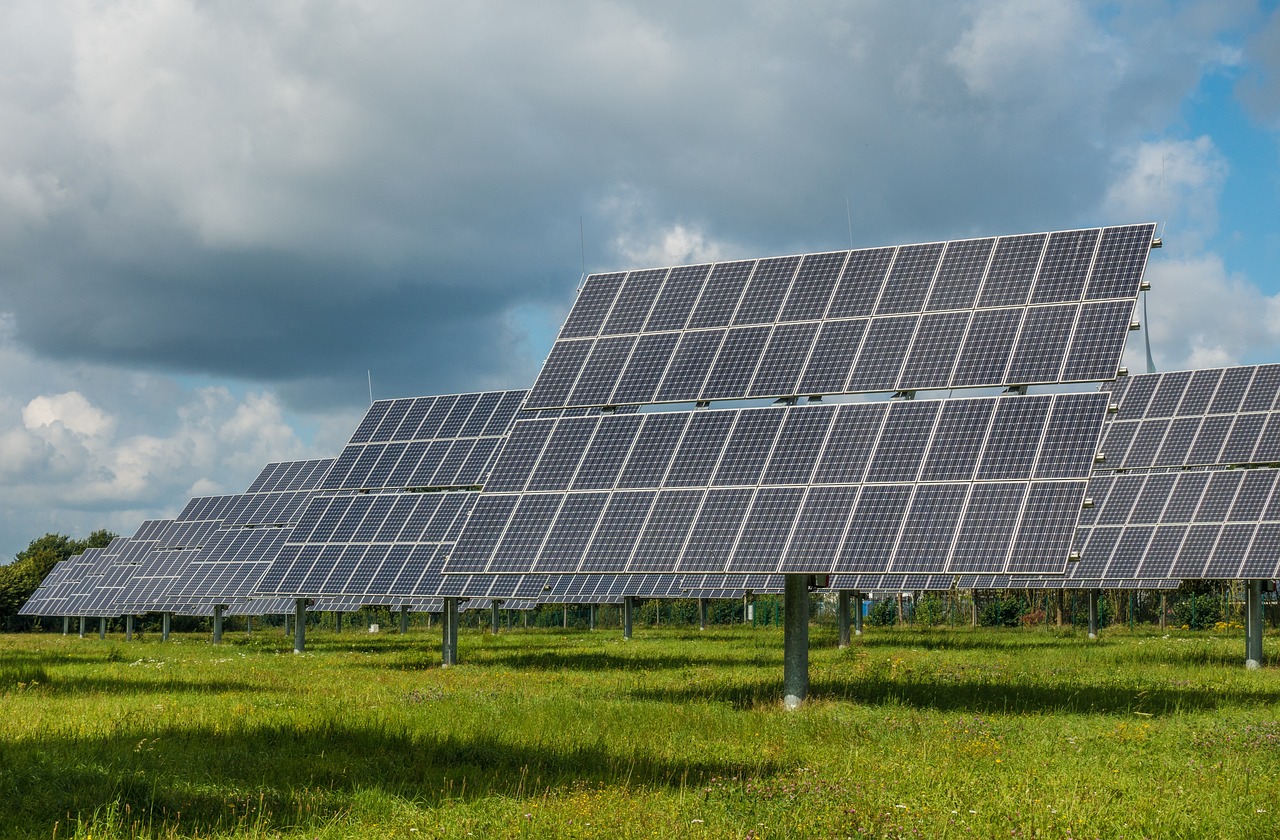Introduction
As the adoption of renewable energy increases, the question of how to recycle solar power systems is becoming more important. Solar energy is a sustainable solution, but solar panels, batteries, inverters, and wiring eventually reach the end of their lifespan. Proper recycling ensures that valuable materials are recovered, electronic waste is reduced, and environmental impact is minimized.
In this comprehensive guide, we will explore how to recycle solar power systems, including the methods, challenges, best practices, and future trends. If you’re a homeowner, business, or solar installer, understanding this process will help contribute to a more sustainable planet.
Understanding Solar Power System Components
Before diving into how to recycle solar power systems, it is essential to understand the components that make up a solar system:
| Component | Primary Materials | Average Lifespan |
| Solar Panels | Glass, silicon, aluminum, copper, plastic, silver | 25-30 years |
| Inverters | Electronic components, metals, plastics | 10-15 years |
| Batteries | Lead-acid, lithium-ion, nickel-cadmium | 5-15 years |
| Wiring & Racks | Copper, aluminum, plastic insulation | 25+ years |
Each of these components requires different recycling processes, which we will discuss in detail.
How to Recycle Solar Power Systems: Step-by-Step
Step 1: Solar Panel Recycling
Mechanical Recycling
- Panels are dismantled, and aluminum frames are separated.
- The glass is removed and cleaned for reuse.
- Copper wiring and other metals are extracted.
- Remaining materials are shredded for further processing.
Thermal Recycling
- High temperatures are used to remove plastic layers.
- Silicon and valuable metals like silver are recovered.
Chemical Recycling
- Acid treatments dissolve silicon cells and extract precious materials.
- High-purity silicon can be reused for new solar panels.
Solar Panel Recycling Rate (Recovery Percentages)
Glass: 90-95%
Aluminum: 100%
Silicon: 85-90%
Copper: 95%
Silver: 75%
Step 2: Recycling Inverters
- Inverters contain electronic waste (e-waste) and should be processed at specialized e-waste recycling centers.
- Circuit boards are crushed to recover gold, silver, and copper.
Step 3: Battery Recycling
| Battery Type | Recyclability | Common Recycling Method |
| Lead-Acid | 99% | Smelting and lead recovery |
| Lithium-Ion | 70-80% | Mechanical & chemical extraction |
| Nickel-Cadmium | 90% | Special hazardous waste processing |
Best Practices for Battery Recycling:
- Take batteries to an authorized recycling facility.
- Never dispose of solar batteries in landfills.
- Check with manufacturers for take-back programs.
Step 4: Recycling Wiring and Mounting Systems
- Copper wiring is stripped and sold for scrap metal recovery.
- Aluminum racking can be melted down and reused in new products.
- Plastic insulation is typically downcycled into lower-grade materials.
Where to Recycle Solar Power Systems?
Several organizations and facilities worldwide specialize in solar system recycling. Here are some options:
Recycling Programs by Region
| Region | Recycling Organization | Services |
| USA | We Recycle Solar | Full solar panel disposal |
| Europe | PV Cycle | Manufacturer take-back programs |
| Australia | Reclaim PV | End-of-life panel recovery |
| China | Government Initiatives | Industrial solar recycling |
Tips for Finding a Recycling Center:
- Search for “solar panel recycling near me”.
- Contact your solar panel manufacturer.
- Check with local e-waste recycling centers.
Challenges in Solar System Recycling
Despite its benefits, solar power system recycling faces obstacles:
1. High Costs
- Recycling is expensive compared to dumping in landfills.
- New methods are required to make recycling cost-effective.
2. Lack of Awareness
- Many homeowners and businesses are unaware of recycling programs.
- Public education campaigns are needed.
3. Limited Recycling Infrastructure
- Some countries lack specialized facilities.
- Expansion of recycling centers is necessary.
4. Presence of Hazardous Materials
- Some old panels contain lead or cadmium, requiring careful handling.
Future of Solar Panel Recycling
The future of how to recycle solar power systems looks promising:
1. Advancements in Recycling Technology
- Robotic disassembly for efficient material recovery.
- Improved chemical processes to extract silicon and metals.
2. Government Regulations
- The EU Waste Electrical and Electronic Equipment (WEEE) Directive mandates solar panel recycling.
- More countries are implementing producer responsibility laws.
3. Circular Economy Approach
- Refurbishing used solar panels for secondary markets.
- Repurposing old panels for off-grid applications in developing regions.
Conclusion
Recycling solar power systems is crucial to maintaining the sustainability of renewable energy. With the rise of solar installations, proper disposal and material recovery can help reduce waste and support a circular economy.
If you own a solar power system, consider recycling options through manufacturer programs, e-waste facilities, and specialized solar recyclers. Together, we can make solar energy truly environmentally friendly!

Leave a Reply